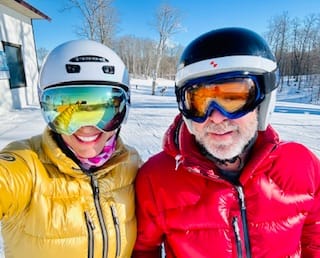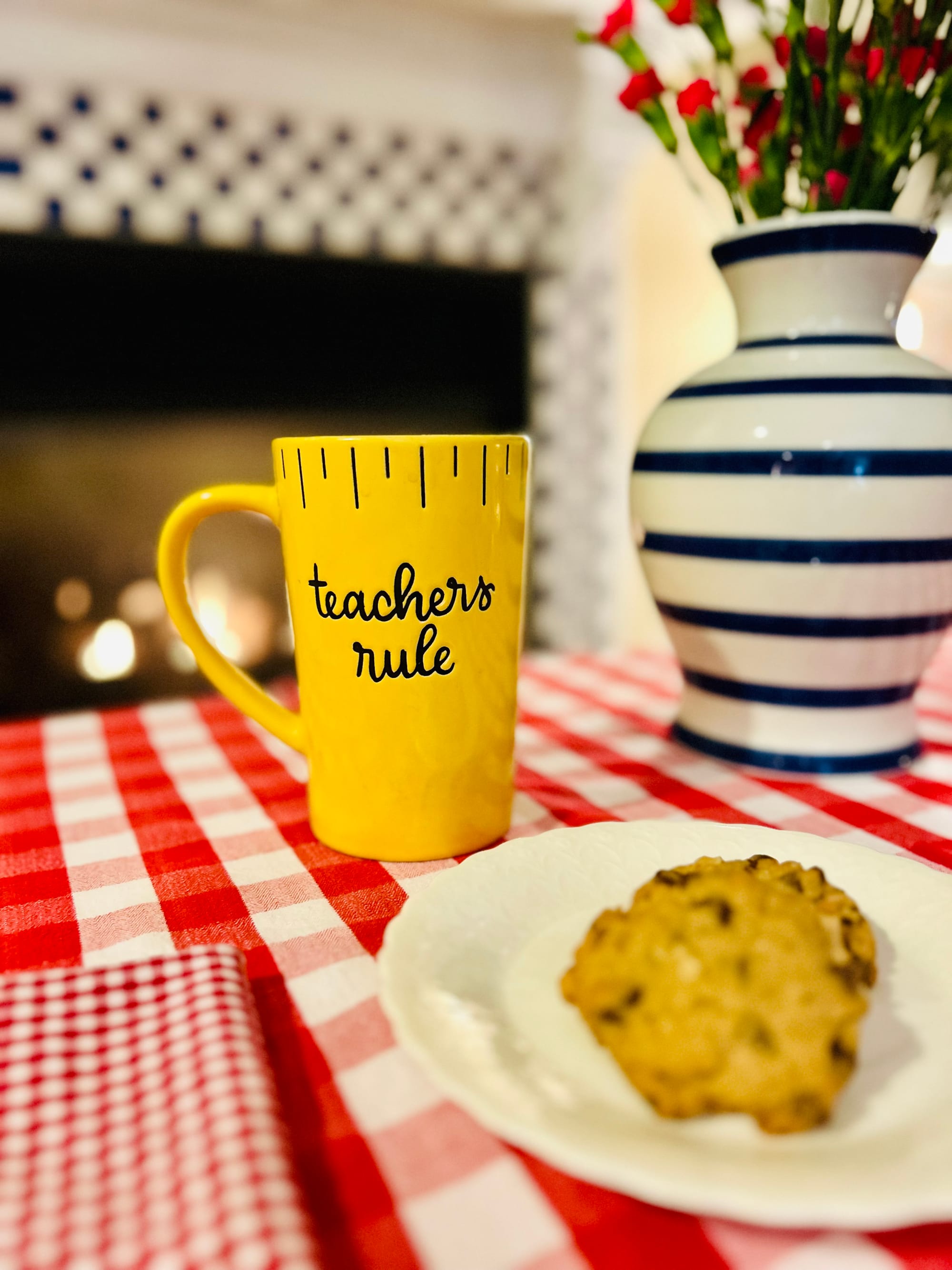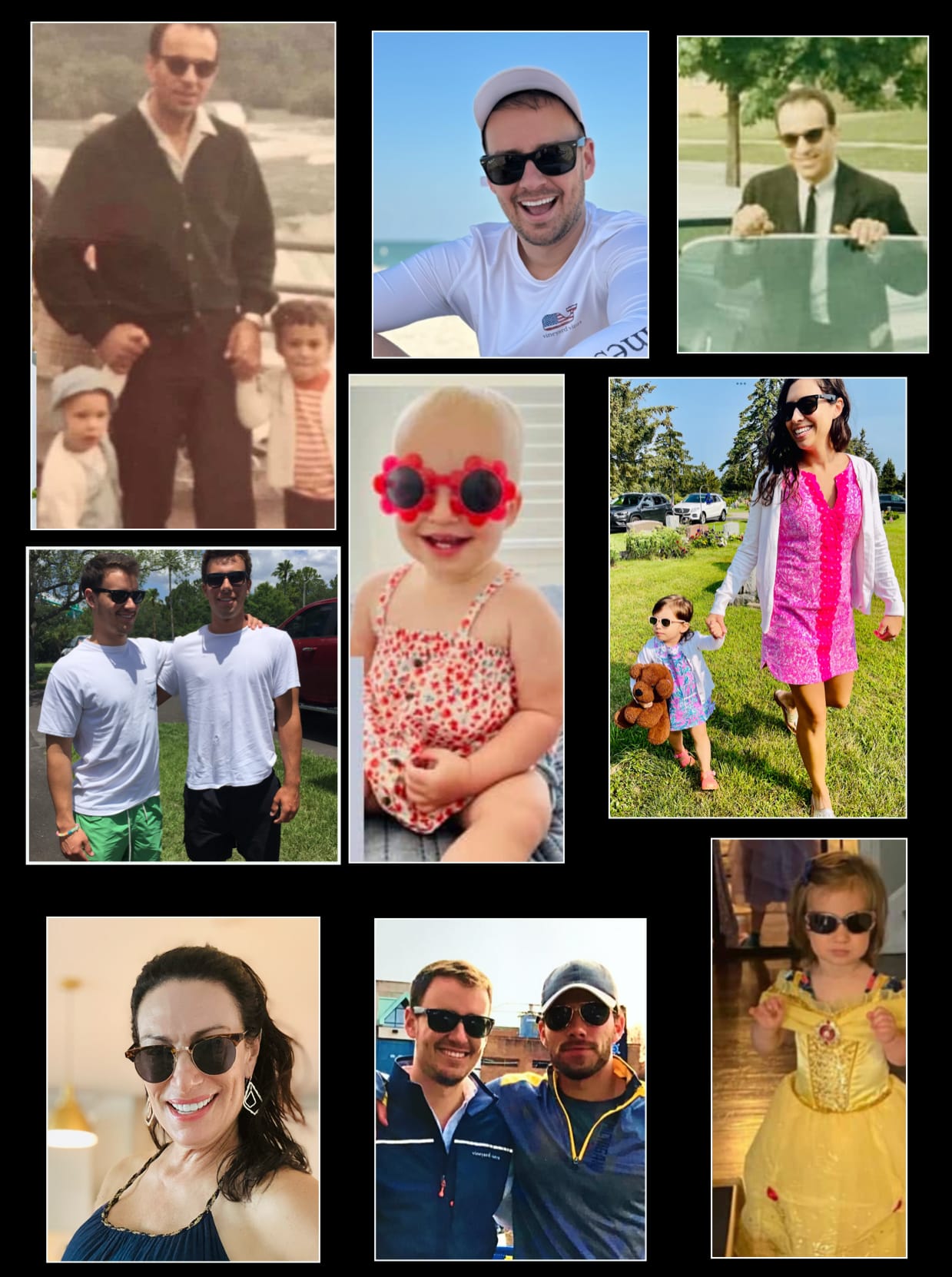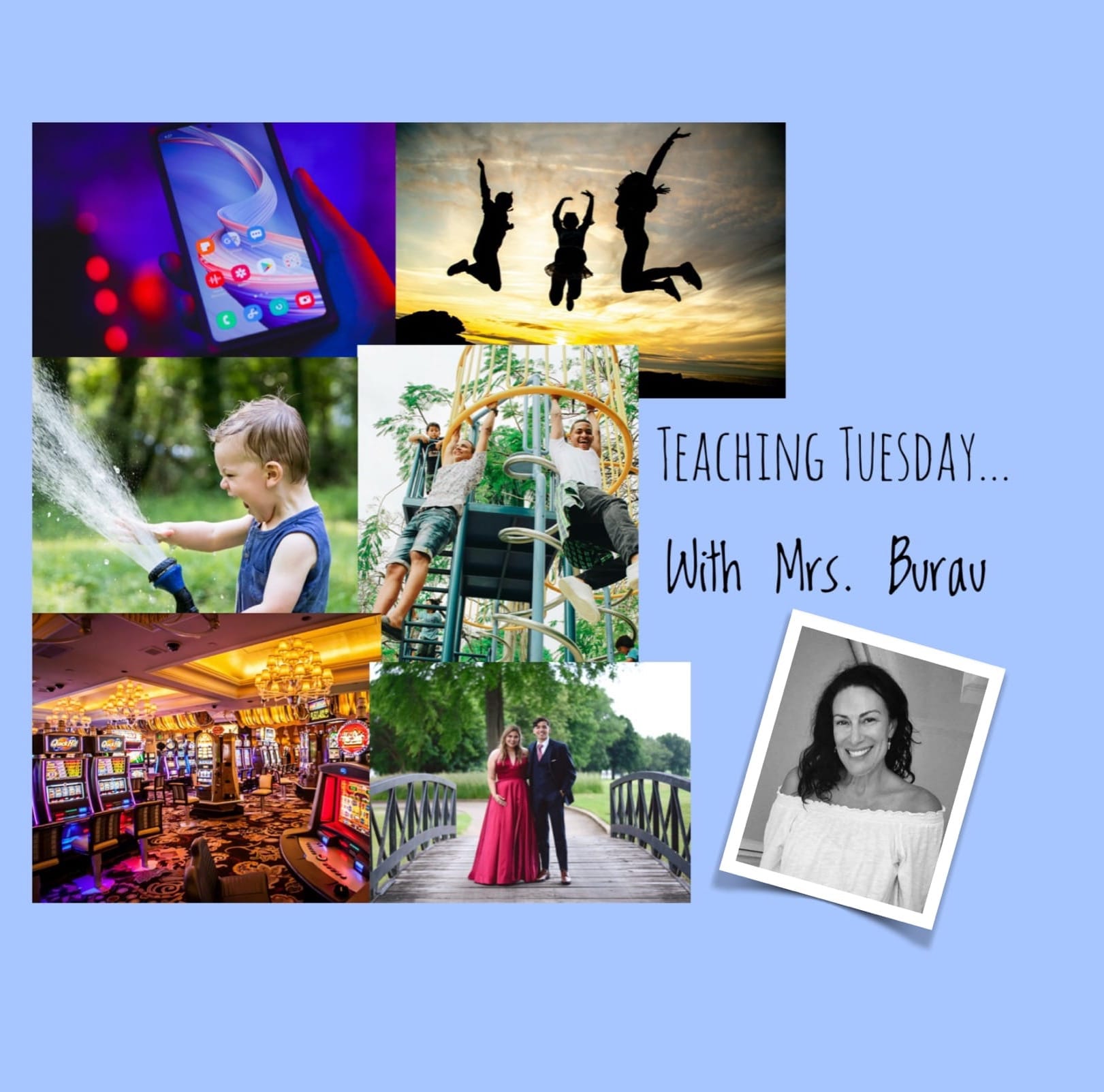Learning academic objectives is non-negotiable, in fact, it is a child’s “job” and as parents the importance of school needs to be communicated. Everyone in the family has a job, you are the parent, the provider, the teacher of values and instiller of good behavior. You keep a roof over their head, food in their tummy and clothes on their body. You deserve your child’s respect and that also is non-negotiable and should be taught from early on. So much in parenting is more manageable what that is established. A child’s role in the family, or their job, is to be a hard working student, putting the effort in and taking their job seriously. Every child may not be a Rhodes Scholar, but that they will put the time in, give their academics a full on effort will most likely earn them a good grade and should be a ‘given‘ in your family. When they don’t there are appropriate consequences, that fit the crime, we’ve covered this before.
Today’s lesson is on those activities apart from academics. Whether they are sports, music, games or any other skill the approach, in order to have fruitful results needs to be fun and light. I thought of that this weekend as we went out and helped introduce two of our granddaughters to an activity that was totally new to them, skiing. At ages 3 and 4, I wondered if they were too young for such an activity. Their Mom took to the slopes at age 5, however, her uncles learned at ages 4 and 2 so really the weekend could have gone either way. Here’s what I learned observing and reflecting on teaching our own children new skills and enrichment activities…
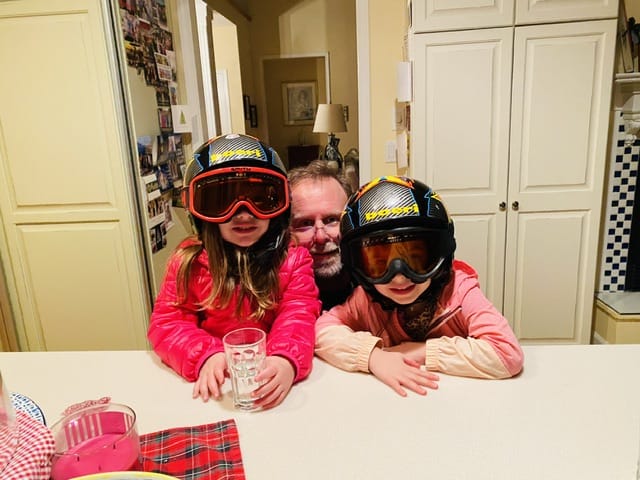
Safety is first and foremost. If the activity require safety gear, purchase up to the date or new equipment so that the child learns early on what is required to wear for safety. Make sure your child is old enough to give the activity a try . Along the lines of safety, make sure good instruction is paramount for your child, either from you or a qualified professional and do your homework on hiring a professional to ensure your child’s safety.
Assess whether a professional or teacher is necessary early on in the game. I remember talking to a tennis pro early on with our kids and he told us that basically he would be feeding our kids balls and that we could do that to improve hand-eye coordination. He said that we would be wasting our money to hire a pro at this point. He encouraged us to spend the time doing that with our kids and give him a call when they were a little older.
Don’t go into this with a do or die attitude. Be patient, but be willing to say, “we need to try this at a later date” if the child or you become too frustrated. If this is to be an enrichment the child can easily be turned off if they become too frustrated or observe or sense that YOU are frustrated.
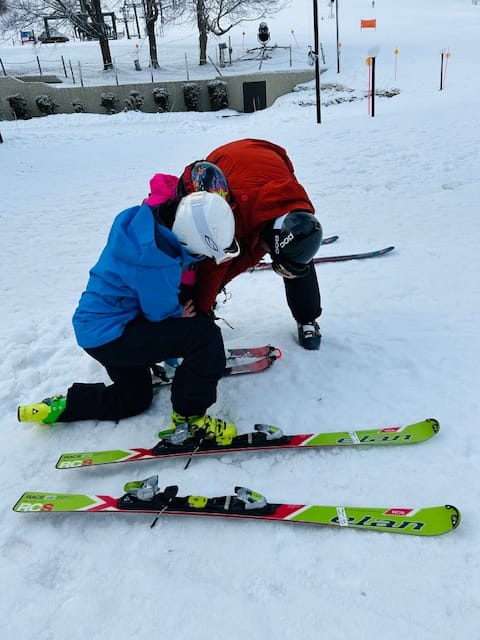

Short skis and the enclosed Magic Carpet help make skiing fun with skis that are manageable to control and the Magic Carpet keeps kids warm and safe while going up the hill.
As much as possible, do what you can to create good conditions. If you decide to introduce a child to a winter sport, and the weather is extremely cold, consider a ‘warmer’ winter day that allows a child to be outdoors and be warm enough with appropriate winter clothing. For example, our daughter made sure that the girls had warm coats, snow pants, ski mittens, mitten warmers helmets and neck warmers. The weather cooperated with temperatures in the 30s and the sun shining which was totally out of our control. If you are going to introduce your child to swimming and it’s a chilly summer day and the water is too cold, don’t expect them to be exited to get in the pool again.
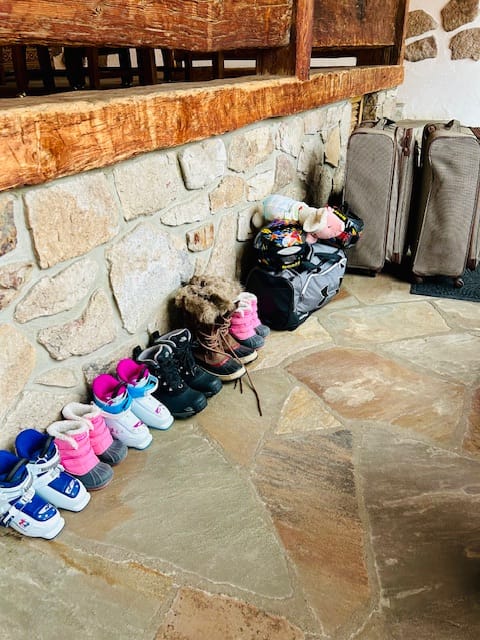
Make the activity fun. We all went up north, we rewarded a good 1 1/2 morning lesson with a trip to the warm out door pool after nap time. We kept each lesson 1-1 1/2 hour with the magic carpet ride up or the chairlift when they graduated up to it, so that the girls were focused and interested. Finish when they still want more so that they are excited for the next day, week or lesson.
Talk up the lesson or activity. “We are going to learn how to ice skate. Mrs. Gleason has been teaching skating for quite a while and she has taught many children and adults how to to skate. Skating is a fun winter activity it’s an activity that you can enjoy for many years to come. We can go skating as a family and you can skate with your friends at the local park.” It’s fun to learn a new skill and activity.”
Make getting the correct equipment fun and if possible make the kids part of it if possible or at least show it to them if you need to shop for it or order it without them. Explain that having the correct equipment is part of playing or participating in the activity. I still remember my Mom sewing me two little ice skating dresses with little shorts underneath to wear for my ice skating lessons. One was a pretty shade of blue with pretty decorative buttons and the other was a bright red. The ‘costume’ for me was just as much a part of the experience as the lesson itself. All these years later and I still can recall what I wore and how I felt when I got on the ice probably at age 7 or 8.
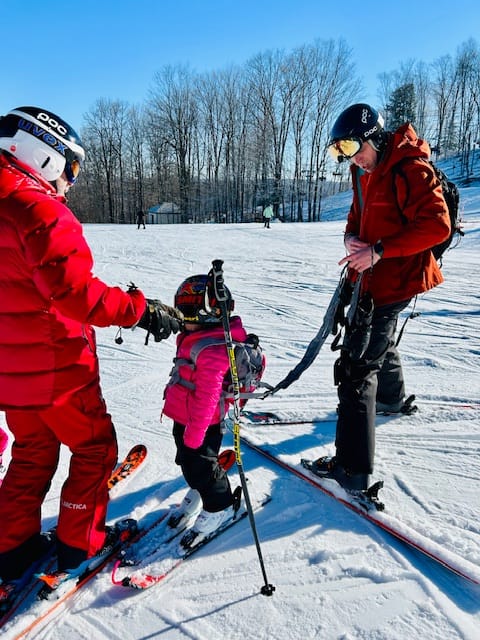
Do your homework on this activity and see if there are any ‘tricks’ to teaching this activity. For example, when our youngest child was learning to play tennis, it was a new concept to teach kids on a smaller court and to use a different tennis ball. Our daughter did some research and found that using “Edggie Wedggie” a little cord with two clips to clip the kids skis together at the tips to keep them in a ‘snow plow’ or ‘pizza’ position to control their speed was good idea, as well as a backpack that was a harness with two straps on the back of for the parents to hold on and guide the child once they felt comfortable on the skis. These two pieces of advice and equipment helped to keep the children upright and have success. If they had been constantly falling they may have become discouraged. If kids have success while they are learning, they’ll be more likely to be excited to come back. The more practice and instruction a child or anyone has at an activity, they better they will get and the more likely they are to have success. Think of the Suzuki technique to teach children how to play the violin. It’s sort of a ‘monkey see, monkey do,’ to very simplify the method. Children aren’t taught to read music, the philosophy is to not frustrated the child by teaching them that they have to learn to read music, that will come later, but to have success making music early on, will inspire the child. For an older child, to have them learn to play music they like to hear, will give them incentive to want to practice if they like what they are playing. One of our sons had a violin teacher who asked him, “What movies do you like?” And when she heard that he liked the Star Wars music, she had him playing John Williams Star Wars themes. Our kids had a golf instructor who brought treats and created golf games to make learning how to play golf fun. Look for teachers and instructors who have creative methods to make these enrichment activities fun.
If you are the grandparent, realize your place in the scheme of the family. it is your role to support the parents, not take over. You may suggest an activity but always get the parents’ approval before proceeding, not around the children so the parents have the option to say no without their children input. As parents, we had our chance, at this point, you are to support and encourage your adult children in their role as parents and be there for them. Back up what they say and do as parents. Tell your kids that you follow the lead from their parents. Of course when the kids are in your care alone, YOU Are in charge, as in YOUR HOUSE, YOUR RULES. When a child’s safety is involved, you just jump in regardless, however aside from these two instances, you take a backseat to the parents.
Learning new activities is good for brain activity and helps give children confidence. Think of the confidence a child will have when they can take on water, ice, a ski slope, a blank canvas or a musical instrument. Every activity a child takes on (not at the same time of course) enriches their life and contributes to a well rounded individual.
When you take on these activities as a family, you are teaching your children how to approach new experiences in life. We do our homework in researching an activity, we figure out what we need to do it, figure out the best way to learn how to do it and we have fun.
Remember that the goal of these activities are to create something fun for your child to do outside of school as a break from academics and that these activities may become activities that they could enjoy for a lifetime. Lastly, you are teaching them that it’s fun to participate as a family and you are creating memories to last a life time and…many Great Days 🍎
